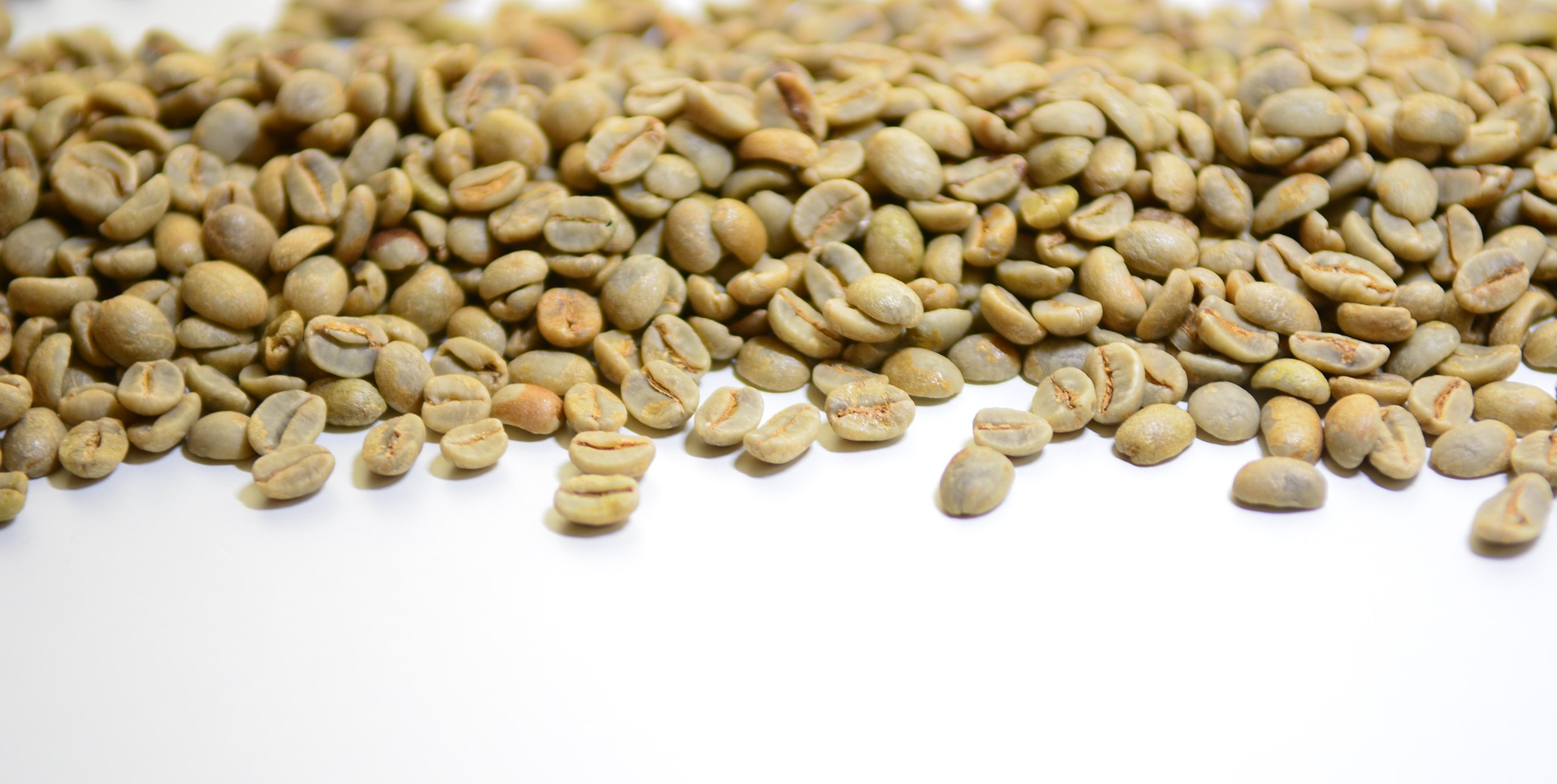NEWS & ARTICLES

Last 5th December 2018 the English Supreme Court issued a very interesting judgment “Volcafe Ltd and others v. Compania Sud Americana De Vapores SA” about the liability of a sea carrier in respect to a cargo of coffee beans delivered in damaged condition. The application of the Hague Convention to this carriage contract raises an interesting point of law regarding the burden of proof that -until then- no judge had ever ruled on definitely.
The facts of the case are succinctly the following:
- Nine consignments of bagged Colombian green coffee beans were to be shipped from Buenaventura (Colombia) to Bremen (Germany) on various vessels.
- They were stowed in 20 unventilated 20-foot containers, calling in various ports, each consignment covered by a bill of lading that covered the whole carriage.
- The bills of lading incorporated the Hague Rules with FCL terms.
- When the cargo arrives at Bremen, some of the bags were found to have suffered water damage from condensation.
Legal actions:
As a consequence of the above, the cargo-owners took action against the shipowners for the damages suffered, pleading a default of the contract evidenced in the bill of lading, since they considered there was a breach of duties as bailees; or, alternatively, it was pleaded a breach of Art. III.2 of the Hague Convention.
In their defense, the carriers argued an exoneration of liability under Art. IV.2, letter m) the existence of an “inherent vice” in the cargo. Nevertheless, the cargo-owners pleaded in reply that any inherent characteristic of the cargo which resulted in damage, did so only because of the carrier’s negligent failure to take proper measures to avoid damages.
An important peculiarity of this case was the nature of the cargo. Coffee beans are hygroscopic, which means that they absorb, store and emit moisture. Therefore, they require specific conditioning of the ship, concretely, the roof and walls of the container were to be covered with several layers of Kraft paper.
So, in this case, the quid of the question was: which party bears the burden of proof as to whether the cargoes were damaged by a negligent preparation of containers, or inherent vice?
Did the cargo-owner bear the legal burden of proving breach of duty to take reasonable care in the carriage (Art. III.2)? or was it for the carrier, once the cargo damages were ascertained, to prove compliance?
And, once the “inherent vice” exception comes to play (Art. IV.2. letter m) and accepting that the carrier must bear the burden of proving facts which bring the case within the exception, is the cargo-owner to prove the negligence of the carrier which caused the excepted peril (inherent vice) to operate on the cargo?
Regarding the first question, the Supreme Court held that “where cargo was shipped in apparent good order and condition but is discharged damaged the carrier bears the burden of proving that it was not due to its breach of the obligation in article III.2 to take reasonable care.” Therefore, it seems pretty clear that the general rule is that the carrier must prove the lack of negligence in the carriage, when damages are found in the cargo that was in good condition when it was stowed.
With regards to the second question, having the carrier pleaded the exception of inherent vice, the Supreme Court differentiated: (i) inherent vice, defining it as inevitable deterioration, becoming irrelevant the existence of negligence, and (ii) inherent propensity to deteriorate, which depends on the ambient condition of the ship. Vid:
“…it is conceptually impossible to define inherent vice except by reference to some assumed standard of care for the cargo. A cargo may have inherent characteristics that make its deterioration inevitable whatever care is taken of it. In that case negligence is irrelevant and inherent vice is proved without more. But inevitable deterioration is rare in cargoes that are habitually carried by sea. In the great majority of cases, the cargo’s inherent propensity to deteriorate may or may not manifest itself in damage, depending on the ambient conditions of stowage and the way it is handled. If, within the limits of the kind of carriage contracted for, reasonable care would have prevented the cargo’s inherent propensity from causing damage, then the cargo is fit to withstand the ordinary incidents of the carriage contracted for and there is no inherent vice.”
Therefore, the carriers should have proved, not only that the cargo had inherent propensity to deteriorate, but also that he took reasonable care to prevent that propensity from manifesting itself. In this case, considering the circumstances and the characteristics of the cargo, the Supreme Court found probable that with reasonable care the cargo was perfectly capable of withstanding the risks reasonably to be expected during unventilated carriage.
The above leaded the Court to hold that “the carrier had the legal burden of proving that he took due care to protect the goods from damage, including due care to protect the cargo from damage arising from inherent characteristics such as its hygroscopic character. (…) In the absence of evidence about the weight of the paper employed, it must follow that the carrier has failed to prove that the containers were properly dressed.”
Arizon Abogados S.L.P
www.arizon.es

